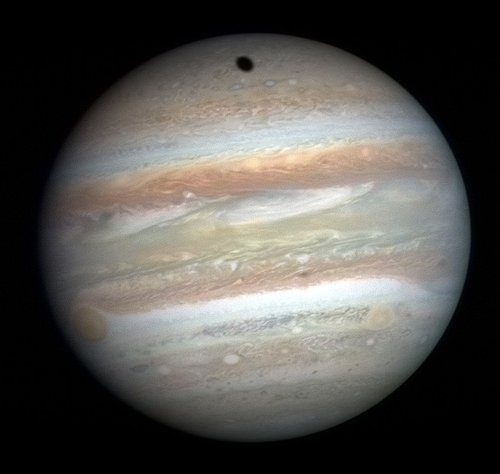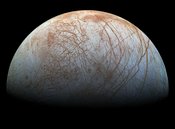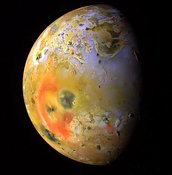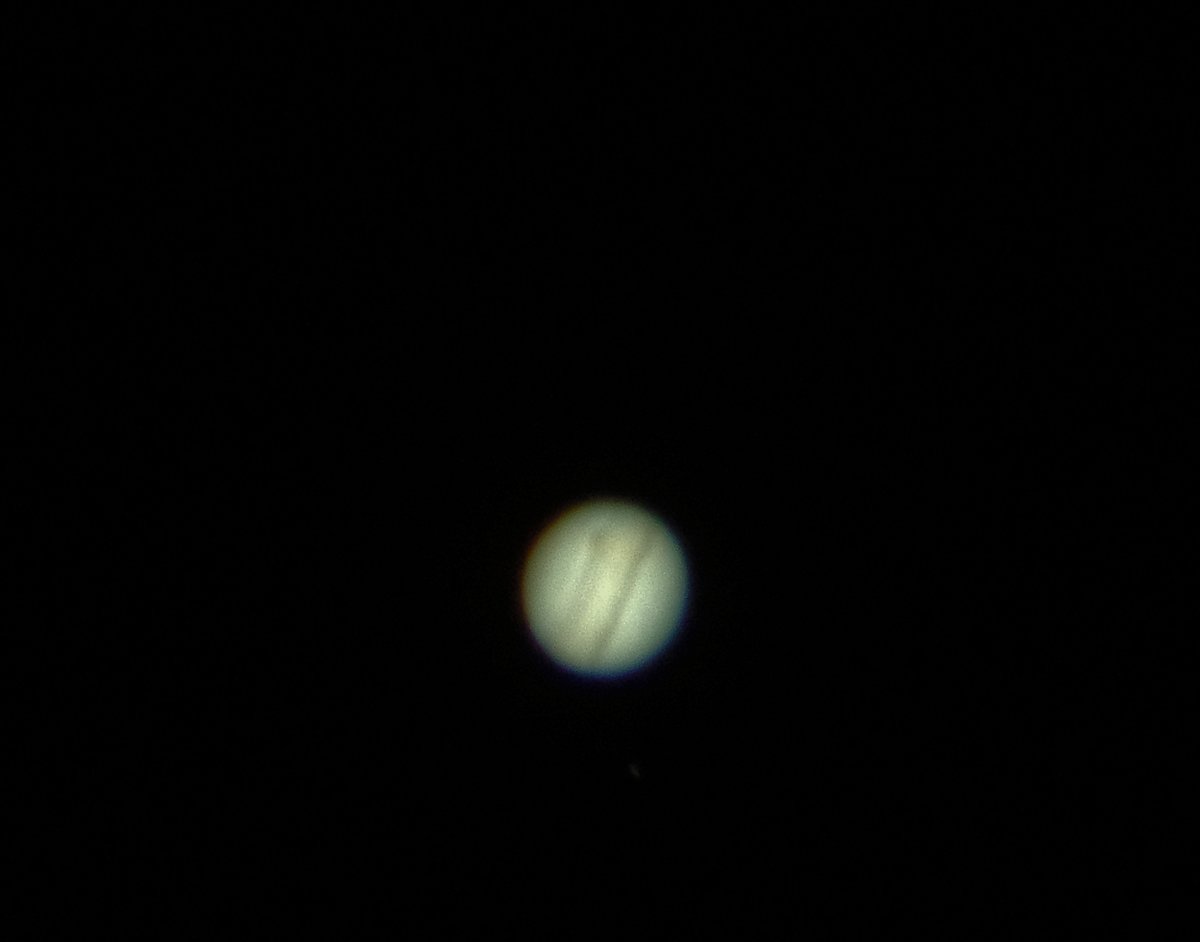Current Info for Observer
as of 07/27/2024 7:47 a.m.
Please login to view current observation details
General Info
as of 07/27/2024 7:47 a.m.
| Type | Planet |
| Constellation | Taurus |
| Magnitude | -1.95 |
| Orbits | Sun |
| Right ascension | 4:49:00.00 (Hours) |
| Declination | 21:44:22.1 (Deg) |
| % illuminated | 99.378 |
| Distance from Earth | 5.60764AU |
| Distance from Sun | 5.03440AU |
| Elongation | -51:14:01.2 |
| Mass | 317.8 ⊕ |
The largest planet | |
☉ Solar Masses ⊕ Earth Masses j Jupiter Masses
celestron Astromaster 70eq
100 points
Was able to just make out the bands on Jupiter using 20x. Need to work on using EQ mount as tracking was difficult.
10" Dobsonian
0 points
Orion XT8
100 points
two very pronounced belts. two very faint belts. bands had turbulent edges. Callisto and Io were to the East. Ganymede and Europa were to the West.
10" Dobsonian
100 points
Generate a finder chart
The following form will generate a PDF finder chart suitable for printing using to locate objects in the sky with your telescope!
The Date is only really useful for solar system objects, as deep space objects move measurably only on a galactic timescale.
The larger the F.O.V (field of view), the more "zoomed out" the object will appear. It can be helpful to print several charts of the same object with different field of views.
Limiting the magnitude (remember, lower magnitude means brighter!) of stars and objects can make sure your chart is not cluttered with dim objects that you may not be visible to you anyway. The defaults are good, but try experimenting with raising and lowering the values.
Please login to post comments





